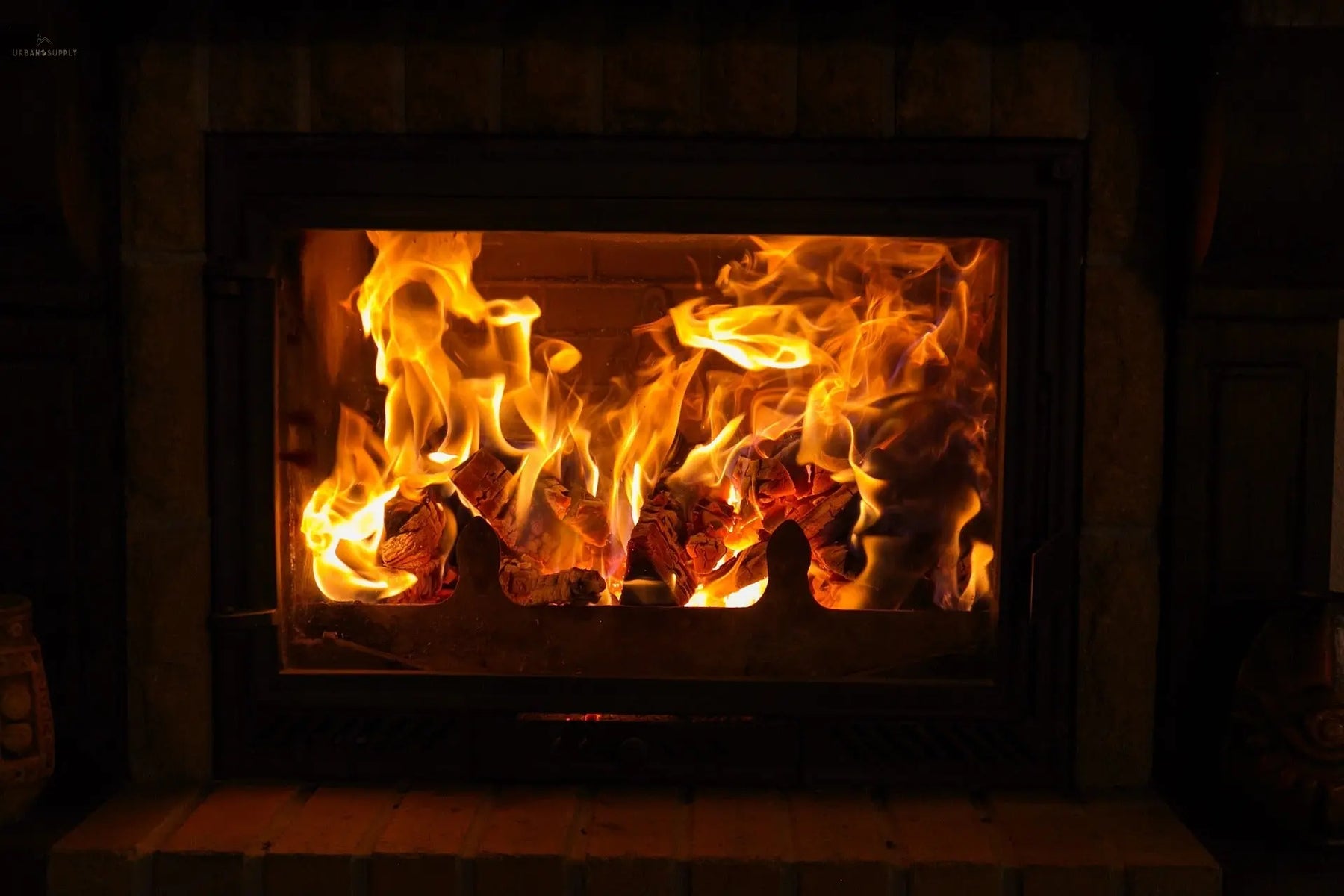917-540-6070
urbansupply.info@gmail.com
Mon-Fri: 9AM - 9PM EST

EPA/CSA Requirements For Wood Heating
What exactly is the EPA standard?
The EPA is the US agency in charge of setting environmental standards for the country, specifically fine particle emissions from wood-burning appliances. Wood and pellet appliances must therefore meet the most recent requirements of the standard in order to be legally sold in the United States. It was set at 4.5 g/h or less of fine particle emissions in May 2015 but was revised downward on May 15, 2020. It's worth noting that EPA-certified appliances emit up to 90% less particulate matter into the atmosphere than standard stoves.
What does the CSA emission standard entail?
The CSA B415.1-10 standard in Canada governs fine particle emissions. CSA B415.1-10 and EPA certified appliances are accepted in all Canadian provinces. Wood appliances must emit less than 4.5 g/h according to CSA B415.1-10. Exceptions may apply, such as in Montreal, where emissions must be less than 2.5 g/h (regardless of EPA or CSA certification). If in doubt, see if your municipality has a bylaw governing wood heating.

Do I need to replace my appliance?
Except for Nunavut, EPA or CSA B415 is used throughout the United States and Canada.
1-10 certified appliances are required. There are some exceptions, such as decorative wood burning fireplaces, wood cook stoves, and camp stoves. Even if the province does not require it, each municipality may require that appliances installed on its territory meet more stringent
standards, as the city of Montreal does. It is therefore important to refer to your municipality for the current regulation, as well as to check whether a subsidy program for the replacement of old appliances is available to citizens.
Municipalities almost always do not require the replacement of existing appliances, but rather that all new installations comply with the new regulations. However, there are some exceptions, such as the city of Montreal, where this acquired right is not applicable. After initially announcing a complete ban on wood burning appliances, the city retracted its announcement and finally established a regulation in October 2018 requiring all wood burning appliances used on its territory to emit 2.5 g/h or less when tested to EPA or CSA B415.1-10 standards. As a result, existing appliances on Montreal's territory that emit more than 2.5 g/h must be replaced or condemned.
What is the gram per hour (g/h) rate of my appliance?
If you already own a wood-burning appliance and want to know how many g/h it emits, look at the certification label. This is commonly found in the following locations:
For freestanding stoves this is located at the back of the appliance.
For Inserts look behind the faceplate or on the appliance's side
For prefabricated zero clearance fireplace this is located beneath the combustion chamber and accessible through the bottom louver.
If the information you seek does not appear on the certification label (as it does for some appliances), you can also consult your user manual or the EPA database if the appliance is new: https://cfpub.epa.gov
